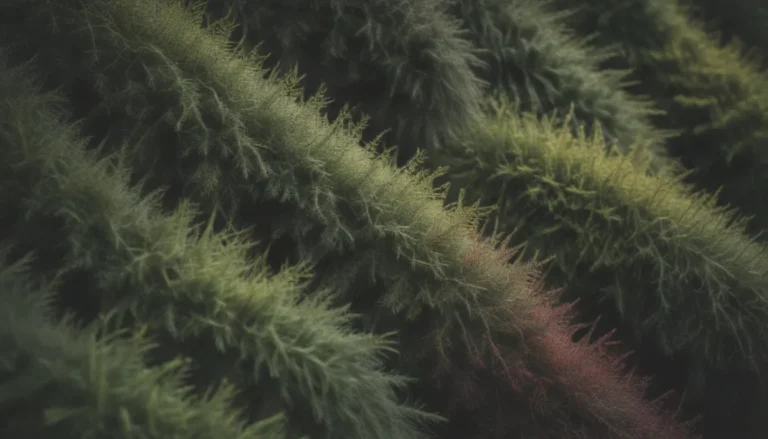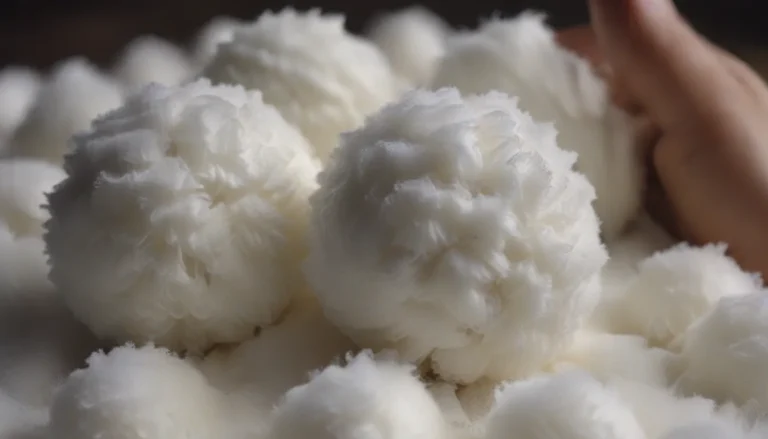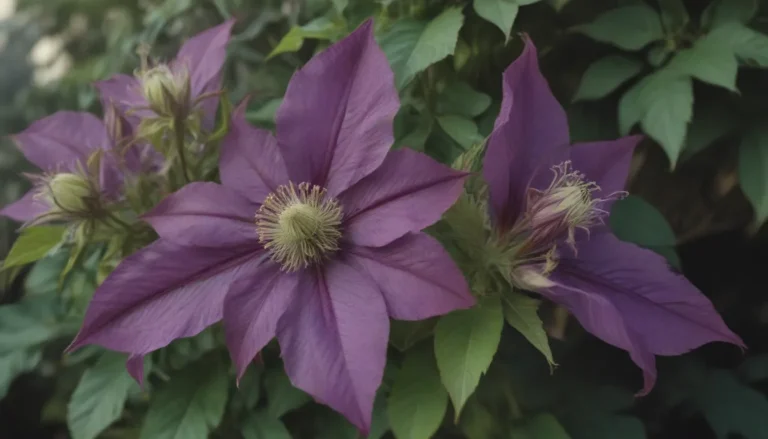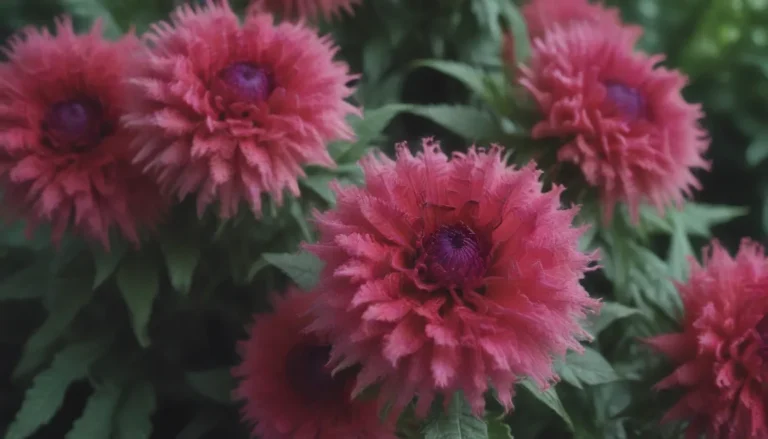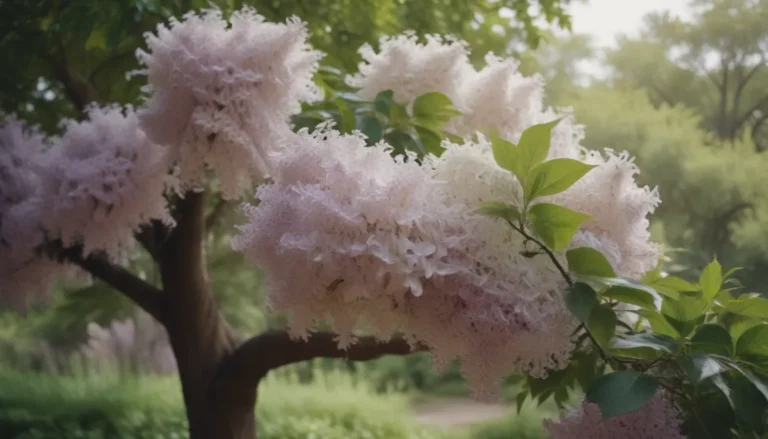Your Complete Guide to Growing and Caring for Sea Lavender
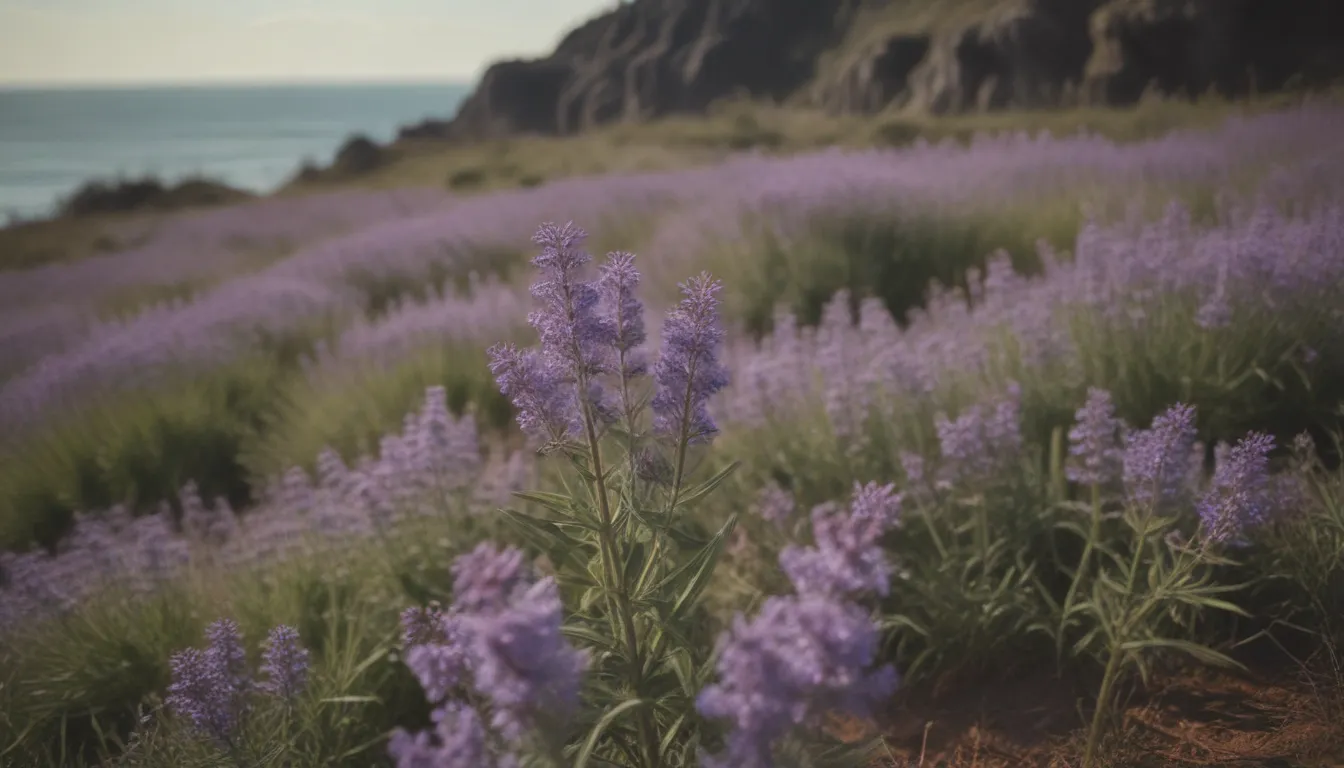
Sea Lavender, also known as marsh rosemary and lavender thrift, is a stunning perennial coastal plant that can thrive in various environments, from salt marshes to coastal sand dunes. Despite its name, Sea Lavender is not related to the lavender plant; instead, it boasts leathery, spoon-shaped leaves, red-tinted stems, and delicate purple blooms that grace the plant in the summer months. This unique plant is easily recognizable by its dense, cloud-like sprays of tiny, paper-like lavender flowers that add a touch of elegance to any garden or landscape.
Getting to Know Sea Lavender
- Botanical Name: Limonium
- Common Names: Sea Lavender, Marsh Rosemary, Lavender Thrift
- Plant Type: Perennial
- Mature Size: Up to 3 feet tall and wide
- Sun Exposure: Full sun
- Soil Type: Sandy or well-drained soil
- Soil pH: Neutral to slightly acidic
- Bloom Time: Summer
- Flower Color: Purple
- Hardiness Zones: 4-8
- Native Area: Coastal regions
Sea Lavender Care Tips
Sea lavender is a fantastic choice for gardeners looking to add a pop of color to hot or dry climates. Here are some essential care tips to ensure your Sea Lavender thrives:
Light
Plant Sea Lavender in full sun to encourage abundant flowering. Full sun exposure also helps the plant stay dry, reducing the risk of root rot.
Water
Water newly planted Sea Lavender regularly to establish a strong root system. Once established, the plant is drought-tolerant and requires minimal watering.
Soil
Sea Lavender prefers sandy soil but will also thrive in well-drained, average soil conditions.
Temperature and Humidity
As a warm-weather plant, Sea Lavender flowers throughout the summer, with peak flowering typically in August and September. It can tolerate salty, sandy, and windy conditions.
Fertilizer
Be cautious with fertilizer, as Sea Lavender may not flower if over-fertilized. Avoid nitrogen-rich fertilizers that can harm the plant.
Potting and Repotting
If you choose to pot Sea Lavender, opt for a sandy, alkaline, and well-draining potting mix without added fertilizer to promote healthy growth.
Propagating Sea Lavender
To propagate Sea Lavender, sow seeds in indoor containers and divide in the spring. Seeding is a simple way to expand your Sea Lavender collection.
Types of Sea Lavender
- Matted Sea Lavender: A low-growing variety ideal for ground cover.
- Rock Sea Lavender: Thrives in rocky or coastal environments.
- California Sea Lavender: Native to California, this variety adds a touch of coastal beauty to gardens.
Pruning
While Sea Lavender doesn’t require extensive pruning, cutting it back after flowering and removing dead leaves can promote new growth in the spring.
In addition to its beauty, Sea Lavender also attracts pollinators such as bees and butterflies, making it a beneficial addition to any garden. While Sea Lavender is generally pest- and disease-free, keep an eye out for issues like rust, leaf and flower spots, gray mold, crown rot, and Southern blight.
With its lovely purple blooms, easy care requirements, and versatility in different garden settings, Sea Lavender is a must-have for any gardener looking to add a touch of coastal charm to their landscape. So, plant some Sea Lavender today and enjoy the beauty and tranquility it brings to your outdoor space!
